Is housing in an echo boom? Though the jury is still out, it seems a risk-on speculative fever has returned to some housing-related equities.
Speculative bubbles often produce an "echo boom" a few years after the bubble has burst, as the cultural/institutional memories of the asset's spectacular gains remain operative long after the initial boom/bust. Is the much-hyped housing recovery an organic, sustainable trend, or is it merely a speculation-driven echo boom that is doomed to fade?
Given the unprecedented stimulus that the Federal Reserve has applied to the housing sector via multi-trillion dollar purchases of mortgages and its gargantuan money-printing/bond-buying efforts to suppress interest rates, it is not really possible to claim housing is in an organic trend; that would first require an end to Fed support and a normalization of the mortgage market and interest rates.
Housing bulls claim upticks in sales and household formation are evidence that pent-up demand is driving the market higher. Skeptics suggest the real driver is not higher demand but lower supply as lenders restrict inventory (homes for sale on the open market):
The Real Housing Recovery Story.
Roughly a third of all existing home sales in many markets is not organic demand by households, it is speculation by flippers or investors chasing yield in a near-zero (real) yield environment. High levels of speculative activity could be nurturing a false confidence in permanently rising demand that is actually temporary.
Let's start with new home sales, the barometer of new construction. The 20% rise from 2011 is impressive, but this is off a very low base--a mere 306,000 new homes sold, less than a third of the 2006 level. (Courtesy of
Calculated Risk)
For context, recall that there are about 75 million homeowners, about 50 million with mortgages, and over 19 million vacant dwellings in the U.S. In this context, 60,000 dwellings is statistical noise.
| Annual New Home Sales |
|---|
| Year | Sales (000s) | Change in Sales |
|---|
| 2005 | 1,283 | 6.7% |
| 2006 | 1,051 | -18.1% |
| 2007 | 776 | -26.2% |
| 2008 | 485 | -37.5% |
| 2009 | 375 | -22.7% |
| 2010 | 323 | -13.9% |
| 2011 | 306 | -5.3% |
| 20121 | 367 | 19.9% |
| 1 Estimate for 2012 |
Next up: the housing bubble in home prices, using the San Francisco Bay Area as an example:
The initial $1.1 trillion in Fed mortgage purchases and massive home-buying subsidies issued by the Federal government triggered an echo boom in 2010 that soon rolled over. The current uptrend started in early 2012, when lenders began restricting inventory by keeping foreclosed and defaulted houses off the market.
Is this uptick a speculative "echo boom" that is not sustainable? Charts of housing-sector stocks may offer some clues.
XHB is an exchange-traded fund (ETF) of homebuilders. This has roughly tripled off its lows and almost regained the lower boundary of its bubble-top price range in 2006.
Drywall/sheetrock manufacturer USG is a proxy of demand for construction materials. USG traced a classic bubble spike and collapse in 2006, and has recently risen to 2005 levels around $30, roughly triple its lows.
Weyerhaeuser Co. is another proxy of demand for construction materials. WY has returned to its bubble-top highs reached in 2007. This raises a question: can demand for lumber be equal to the 2007 levels when only 1/3 as many new homes are being built?
Sherwin-Williams also reflects construction/renovation demand. SHW exceeded its housing-bubble levels back in 2010, and has followed an exponential line higher since January 2012.
It certainly appears that some housing-related stocks have reached heights that far exceed the modest uptick in new-home sales. Is this the market forecasting stronger profits ahead and speculators front-running the housing recovery? Has the speculative push outrun the modest gains of actual home construction and sales?
Though the jury is still out, it seems a risk-on speculative fever has returned to some housing-related equities, and that euphoria generally ends badly for those coming late to the party.
Things are falling apart--that is obvious. But why are they falling apart? The reasons are complex and global. Our economy and society have structural problems that cannot be solved by adding debt to debt. We are becoming poorer, not just from financial over-reach, but from fundamental forces that are not easy to identify or understand. We will cover the five core reasons why things are falling apart:
 1. Debt and financialization
1. Debt and financialization
2. Crony capitalism and the elimination of accountability
3. Diminishing returns
4. Centralization
5. Technological, financial and demographic changes in our economy
Complex systems weakened by diminishing returns collapse under their own weight and are replaced by systems that are simpler, faster and affordable. If we cling to the old ways, our system will disintegrate. If we want sustainable prosperity rather than collapse, we must embrace a new model that is Decentralized, Adaptive, Transparent and Accountable (DATA).
We are not powerless. Not accepting responsibility and being powerless are two sides of the same coin: once we accept responsibility, we become powerful.
Kindle edition: $9.95 print edition: $24 on Amazon.com
To receive a 20% discount on the print edition: $19.20 (retail $24), follow the link, open a Createspace account and enter discount code SJRGPLAB. (This is the only way I can offer a discount.)
| Thank you, Michael M. ($60), for your outstandingly generous contribution to this site -- I am greatly honored by your steadfast support and readership. | | Thank you, Elizabeth B. ($50), for your stupendously generous contribution to this site --I am greatly honored by your support and readership. |
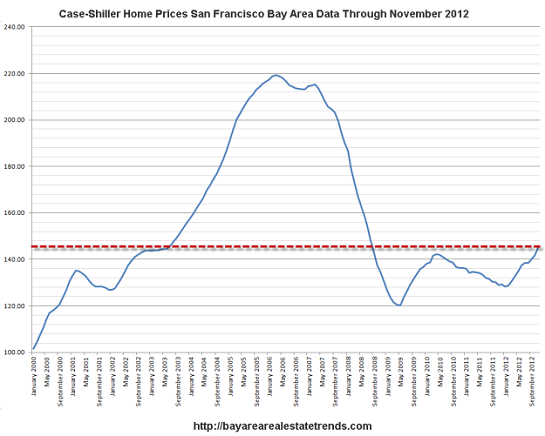
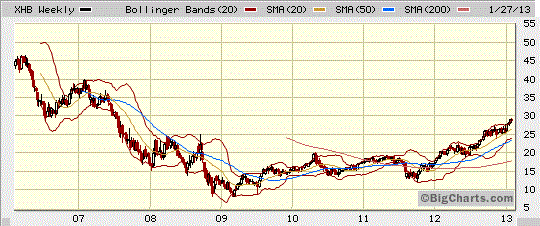
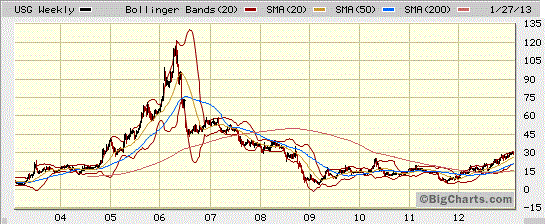
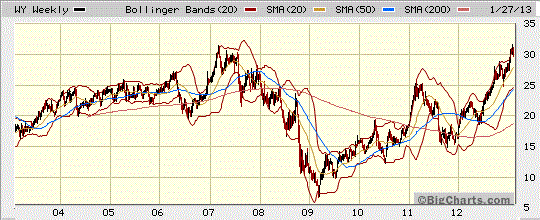
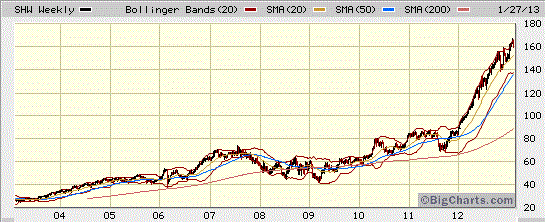
 1. Debt and financialization
1. Debt and financialization

























